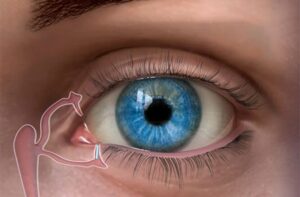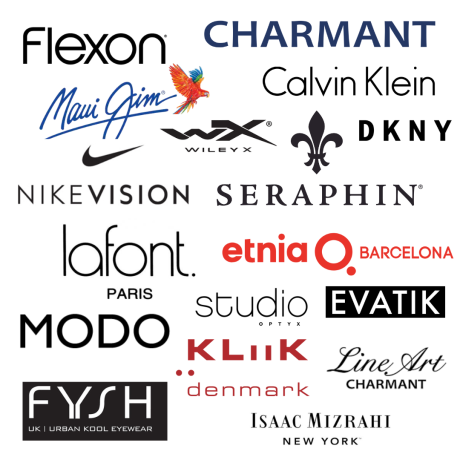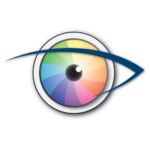Dry eye syndrome, also called dry eye disease (DED)
is one of the most common reasons for a visit to the eye doctor.
What is Dry Eye?
There are various factors that can cause dry eyes, ranging from environmental triggers to medical conditions. Environmental factors such as low humidity, smoke, wind, and prolonged screen time can all contribute to dry eye. Medical conditions such as autoimmune disorders, hormonal changes, and certain medications can also cause the eyes to become dry.
Additionally, there are different types of dry eye, including evaporative and aqueous deficiency dry eye. Evaporative dry eye is typically caused by meibomian gland dysfunction, while aqueous deficiency dry eye is typically the result of decreased tear production. It is important to understand the different causes and types of dry eye in order to effectively treat and manage this condition.
Dry eye syndrome is a chronic and often progressive condition. However, in most cases, dry eyes can be successfully managed. Treatment usually results in greater comfort, reduced symptoms and sometimes more clear vision. A variety of treatments are used for improvement of dry eyes.
An examination of your eyes by the doctor is needed to assess your symptoms and determine the current state of your tear production.
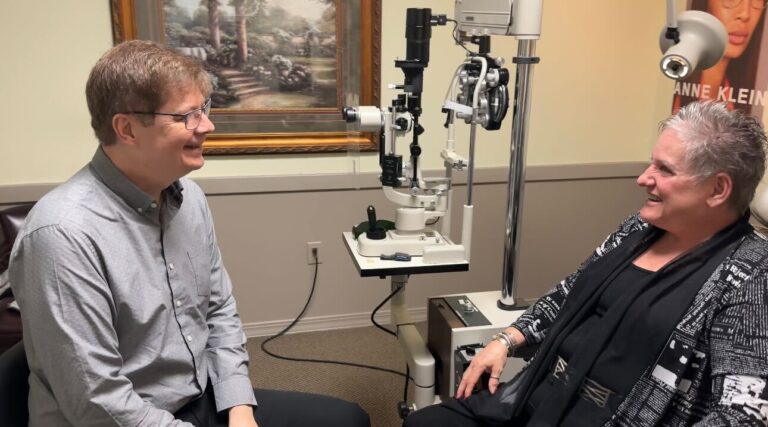
Part of the testing focuses on the quality and quantity of tears that your eyes produce. The doctor will also examine your eyelids, how you blink, and how often you blink. The testing may also involve dyes to help observe how and where your tears flow.
Only a careful examination of your eyes can reveal the presence and severity of your dry eyes. There have been many advancements in technology in both diagnostics and treatment options for dry eye disease. Your doctor will develop the best type of dry eye treatment plan for you to keep your eyes healthy, comfortable and seeing well.
Preventative Self Care
There are many self-care techniques that can be useful in preventing dry eyes from becoming a problem. These include:
taking frequent breaks from your computer or phone
wearing sunglasses or a hat when outside on sunny or windy days
using artificial tears regularly
increasing your intake of omega-3 fatty acids through foods like salmon or taking supplements
maintaining proper hydration by drinking plenty of water
avoiding too much caffeine or alcohol
Artificial Tears
When it comes to mild dry eyes, there are different types of artificial tears available in the market. In this regard, we can discuss both low viscosity and high viscosity artificial tears.
Low viscosity artificial tears refer to solutions that are watery and closer to the consistency of natural tears in the eye. These are recommended for mild dry eye cases that require more frequent use.
High viscosity artificial tears are thicker in consistency and provide longer-lasting relief for more severe or chronic dry eye cases. They are typically recommended for use at night or less frequently during the day.
So depending on the severity of dry eye symptoms, the choice of artificial tears may vary. While both low viscosity and high viscosity artificial tears can be effective in managing dry eye symptoms, it’s always best to consult with your eye doctor to determine the most suitable type of artificial tears for your condition.
Prescription Dry Eye Treatments
Several types of prescription dry eye treatments that are available to provide relief. Firstly, we have scleral contact lenses which are specially designed to cover the entire surface of the eye, providing adequate lubrication and preventing dryness. Another effective option is the use of bandage contact lenses that shield the cornea and increase the retention of moisture in the eyes.
In addition to these contact lenses, there are also medications available that can be prescribed for treating dry eye issues. Antibiotics and anti-inflammatory drugs, for example, can help with reducing inflammation and bacterial infections that may worsen the condition.
RegenerEyes ophthalmic solution presents an innovative solution to dry eyes. With its advanced growth factors, RegenerEyes not only rebuilds but also nourishes and strengthens your tear film, promoting healthy vision and reducing discomfort caused by dry eyes.
Finally, there’s the option of autologous blood serum therapy where the patient’s own blood is used to produce eye drops with healing properties that can help manage symptoms.
Your eye doctor will evaluate your condition and help you manage your dry eyes with the right combination of treatment options.
Dry Eye Procedures
Punctal Plugs
There are several ways through which punctal plugs can improve dry eyes. For instance, punctal plugs can help to reduce the rate at which tears drain from the eyes, thereby keeping the eyes well-lubricated. With the constant presence of tears, your eyes will be less likely to feel dry or itchy, and you won’t have to rely on eye drops as much. Additionally, punctal plugs can help to regulate the flow of tears in your eyes, ensuring they are produced at a consistent rate and are of high quality. This can help reduce the discomfort, redness, and irritation that sometimes accompany dry eyes. Overall, punctal plugs are a great option for anyone who wants to improve their dry eyes and enjoy a greater degree of eye comfort.
Low Level Light Therapy
Red light therapy is a highly effective dry eye treatment that can improve tear film and meibomian gland dysfunction by liqufying meibum and energizing cells to produce healthy meibum. This innovative therapy can increase collagen and elastin production in the skin, promoting skin health and overall well-being. By leveraging the power of red light therapy, you can enjoy a range of benefits as it promotes the healing process and helps to reduce inflammation and pain. This means that you can achieve optimal eye health, and have skin that looks and feels youthful and radiant with the use of this cutting-edge technology.
Patients who undergo red light therapy treatments typically experience a significant improvement in their dry eye symptoms, which can lead to a better quality of life. So if you are suffering from dry eyes, consider trying out red light therapy as a safe and natural treatment option.
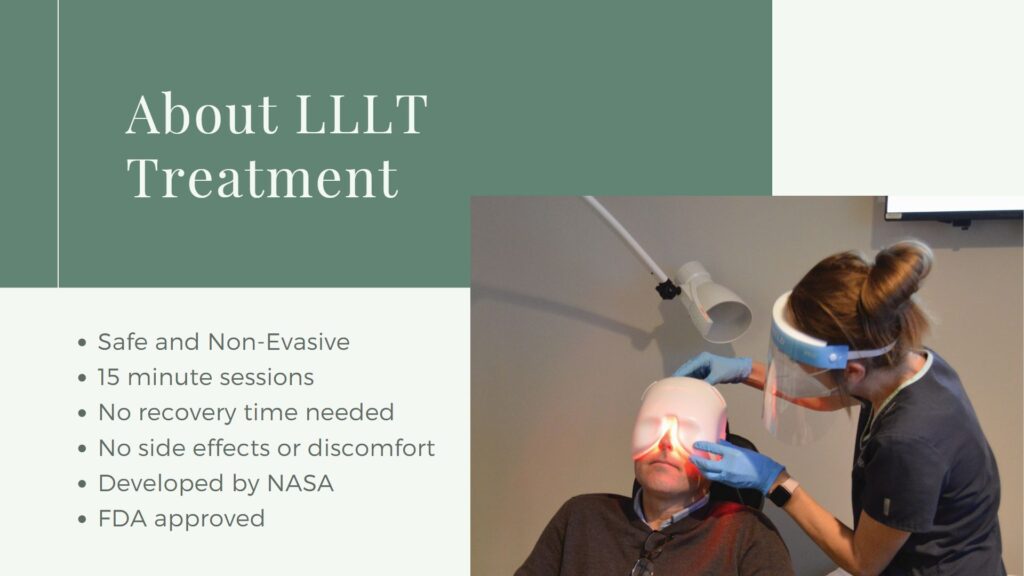
Intense Light Pulse Therapy
Intense pulse light therapy is an effective and non-invasive treatment that can significantly improve dry eyes. By using pulses of light to stimulate and activate the glands that produce tears, this therapy can increase tear production and improve overall eye moisture. With its ability to target the root cause of dry eyes, intense pulse light therapy offers a long-lasting solution that can greatly enhance ophthalmic comfort and wellness. So, if you’re looking for a natural and safe way to treat your dry eyes, consider trying intense pulse light therapy today!
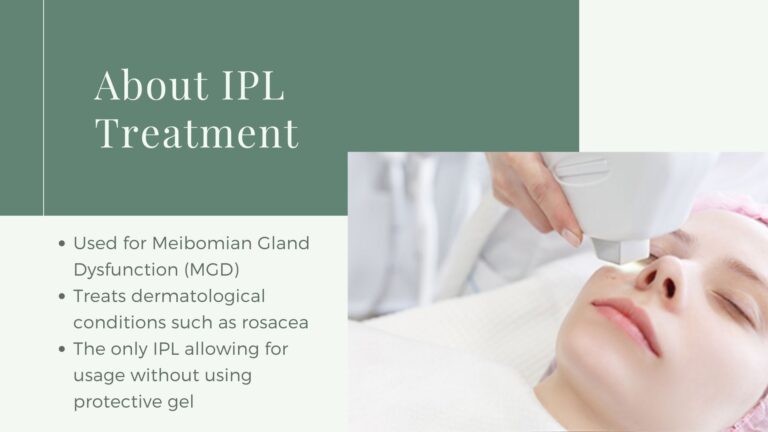
What to Expect
The IPL Treatment is facilitated in four treatments space 4 weeks apart. Each session takes 30-40 minutes. Your eyes will be covered with a protective shield. Then the IPL is applied to the skin below the eyes. The treatment is non-invasive. You’ll feel a warm sensation of light with minimal discomfort. Most patients can return to regular activities after treatment and can expect to see improvement after the 2nd or 3rd session.
Talk to your optometrist about dry eye treatment options designed to address the underlying cause of your condition.
Browse our Showroom
Virtually try on frames with your phone or tablet.
Create your Wish List before your visit and we’ll have them ready for you when you arrive.
Select Eyewear
Browse our Frame Gallery to see more of these amazing brands.
Virtually try on frames with your phone or tablet.
Create your Wish List before your visit and we’ll have them ready for you when you arrive.


